Hello there! If you’re a bird enthusiast or simply curious about the feathered friends that grace the skies of Louisiana, you’ve come to the right place.
In this article, we’ll be exploring 16 common birds that call Louisiana home.
From elegant waterfowl to vibrant songbirds, we’ll delve into their fascinating characteristics, habitats, and behaviors.
Whether you’re a resident of the Pelican State or planning a visit, get ready to discover the beauty and diversity of avian life in Louisiana.
There are over 477 different bird species in Louisiana that may be seen at different times of the year.
The Brown Pelican is the official bird of Louisiana, and it has been a symbol of the state since the advent of European settlers, who were captivated by the pelican’s loving attitude toward their young.
Here is a list of Louisiana birds that can be found in your backyard:
| Image | Bird | Features | Price |
|---|---|---|---|
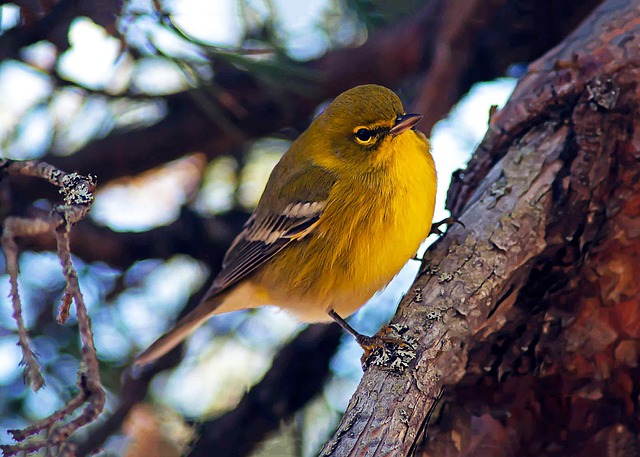 |
| 9.7 | Check Price |
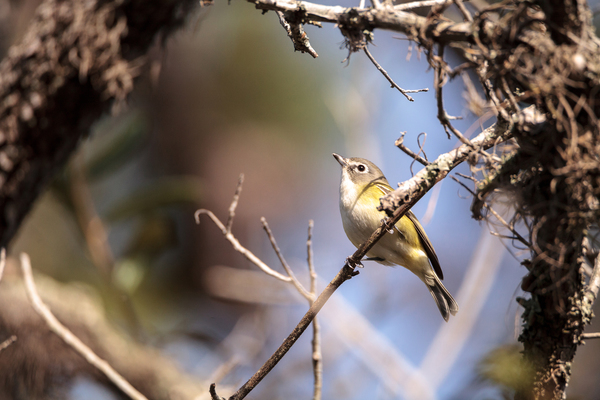 |
| 9.5 | Check Price |
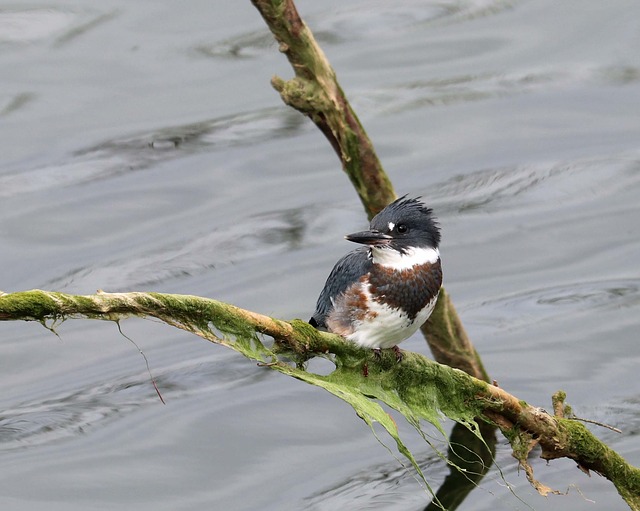 |
| 9.1 | Check Price |
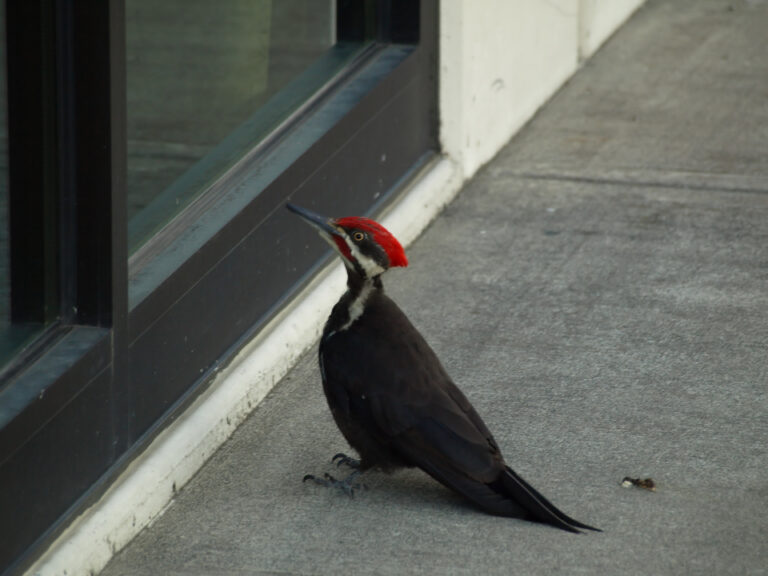 |
| 8.8 | Check Price |
 |
| 8.6 | Check Price |
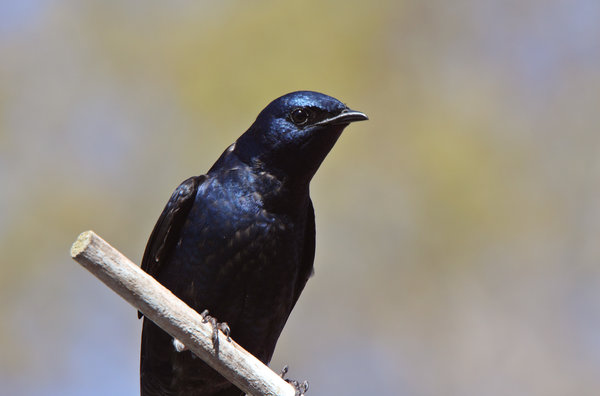 |
| 8.2 | Check Price |
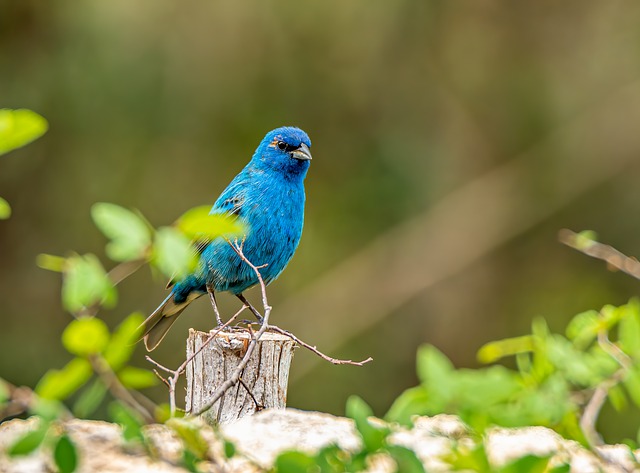 |
| 8 | Check Price |
 |
| 7.7 | Check Price |
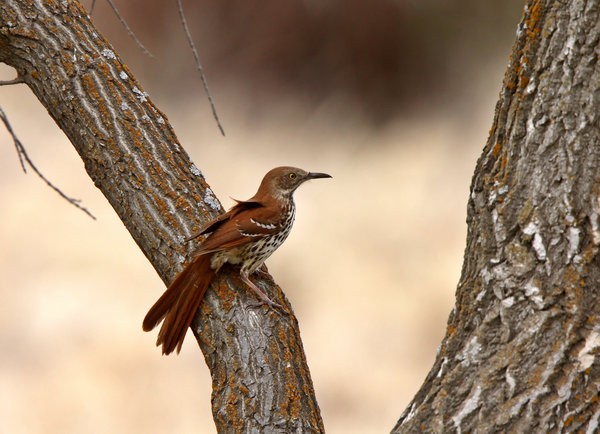 |
| 7.4 | Check Price |
 |
| 7.2 | Check Price |
 |
| 9.5 | Check Price |
 |
| 9.5 | Check Price |
 |
| 9.5 | Check Price |
 |
| 9.5 | Check Price |
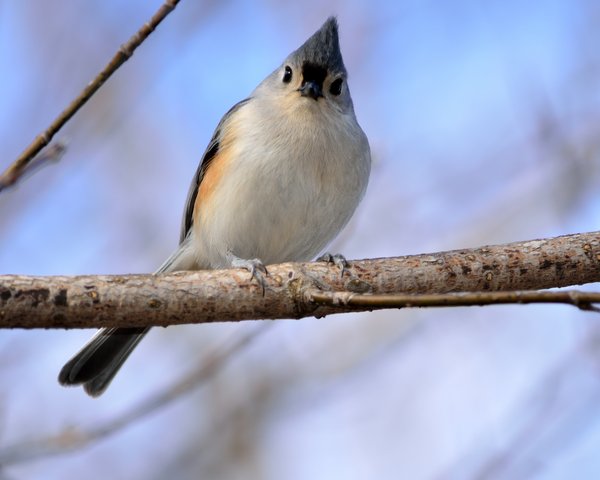 |
| 9.5 | Check Price |
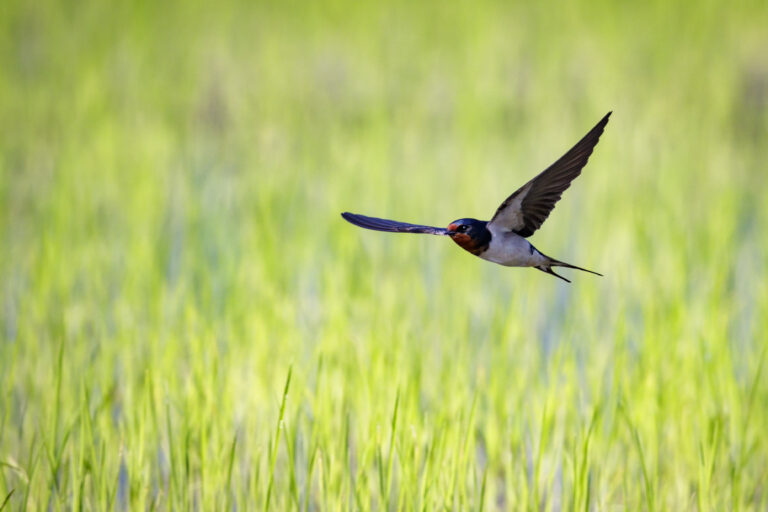 |
| 9.5 | Check Price |
If you don’t have the time to read the whole article, check out this video on Common Birds in Louisiana for a quick understanding.
Common Birds in Louisiana
1. Pine Warbler

The Pine Warbler is a little new world warbler of the Parulidae family.
This songbird is known for its beautiful singing, which it utilizes to attract females as well as communicate with others.
Pine warblers get their names because they pass a lot of time feeding on the limbs and stems of pine trees.
The pine warbler is a migrating bird that spends the winter migrating from north to south.
A white belly and white wing bands distinguish this bird’s plumage.
For feeding on the ground and in pine trees, they have a longer break.
Adult Pine Warblers have a full olive-yellow plumage, with olive-yellow hues on their breasts and upper parts.
Females and juvenile Pine Warblers have a body color that differs somewhat from males.
Their breasts and necks are somewhat pale.
An adult pine warbler’s body length ranges from 5 to 5.75 inches, with a wingspan of up to 8.75 inches.
The Pine Warbler feeds on microscopic insects, wheat grains, and pine nuts.
They dwell in the woods and only come to the bird feeders’ backyards for food on rare occasions.
Below are the characteristics of the Pine Warbler,
| Scientific Name | Setophaga pinus |
| Family Name | Parulidae |
| Length | 5.5-6 inches (14-15 cm) |
| Weight | 0.4-0.5 ounces (11-14 grams) |
| Wingspan | 9-10 inches (23-25 cm) |
| Habitat | Coniferous forests and mixed woodlands, particularly pine-dominated areas |
| Food | Primarily insects, spiders, caterpillars, and occasionally berries and seeds |
2. White-eyed Vireo

One of the tiniest songbirds in North America is the White-eyed Vireo, commonly known as Vireo griseus.
The White-eyed Vireo’s plumage is stunning and vibrant. Olive-colored feathers cover the head and throat of this bird.
The bird’s top portions, back, and wings are olive to dark, with black and white flanks.
In their eyes, there is a white ring.
They have yellow underbelly.
A White-eyed Vireo’s body length can range from 4.3 to 5.1 inches (11 to 13 cm), with a wingspan of almost 6.7 inches (17 cm).
Three to six eggs are laid by the female White-eyed Vireo.
Both the male and female sit on the eggs until they hatch.
They build open nests in the shape of cups.
The White-eyed Vireo eats a diversity of invertebrates and nematodes.
They also eat microscopic grains, nuts, or plums from a variety of plants.
In the United States, sparrows are renowned to attend bird feeders.
Below are the characteristics of the White-eyed Vireo,
| Scientific Name | Vireo griseus |
| Family Name | Vireonidae |
| Length | 4.5-5.5 inches (11-14 cm) |
| Weight | 0.4-0.6 ounces (11-17 grams) |
| Wingspan | 7-9 inches (18-23 cm) |
| Habitat | Shrubby areas, thickets, and brushy habitats, often near water bodies |
| Food | Primarily insects, spiders, small fruits, and berries |
3. Belted Kingfisher

A medium-sized kingfisher with a band around its neck, the Belted Kingfisher is a member of the kingfisher family.
Their beak is large and robust, and their heads feature a shaggy crest.
Males are brighter and have more dazzling colors than females of this species.
They also have white dots on their blue and black wings.
The male Belted Kingfisher has a body length of 27 to 34 centimeters and a wingspan of 47 to 57 centimeters.
An adult Belted Kingfisher weighs between 113 and 178 grams.
The females are larger than the males, with a greater wingspan and heavier weight, due to reversal dimorphism.
They devour tiny amphibians, rodents, and reptiles, among other things.
Females deposit eggs, which they wait on until they hatch.
The male provides sustenance for his young as well as the female.
Below are the characteristics of the Belted Kingfisher,
| Scientific Name | Megaceryle alcyon |
| Family Name | Alcedinidae |
| Length | 11-13 inches (28-33 cm) |
| Weight | 4.9-6.0 ounces (140-170 grams) |
| Wingspan | 19-23 inches (48-58 cm) |
| Habitat | Near freshwater bodies such as rivers, lakes, streams, and coastlines |
| Food | Primarily fish, as well as amphibians, crustaceans, and insects |
4. Pileated Woodpecker

The Pileated Woodpecker is a North American medium-sized woodpecker.
The pileated red crest of this bird is especially well-known.
They have a red crest on top of their heads, which makes them easy to see.
Except for the red limit on top of the head, they look like other woodpecker species.
Their distinctive crown sets them apart from other Woodpecker species.
A Pileated Woodpecker has a 17-inch body length and a 28-inch wing as an adult.
A mature woodpecker can range anywhere between 8 and 24 ounces.
Male & female Pileated Woodpeckers have subtly different looks.
The males have black wings, whereas the females have brown feathers.
They, just like all the similar woodpeckers, eat tree trunks and drill holes in them.
They also eat a wide range of nuts, grapes, and veggies.
Below are the characteristics of the Pileated Woodpecker,
| Scientific Name | Dryocopus pileatus |
| Family Name | Picidae |
| Length | 16-19 inches (40-49 cm) |
| Weight | 8.8-14.1 ounces (250-400 grams) |
| Wingspan | 26-30 inches (66-76 cm) |
| Habitat | Mature forests, especially with large trees, are found in both deciduous and coniferous woodlands |
| Food | Mainly insects, such as carpenter ants and wood-boring beetle larvae, as well as fruits, nuts, and berries |
5. Eastern Bluebird

The Eastern Bluebird is a tiny North American songbird that belongs to the Turdidae family.
Farmland, orchids, gardens, and open forests are the most common places to find them.
It travels widely throughout the United States, mostly to feeders.
With its voice, it generates a lovely tune.
The blue wings, head, and upper parts of the Eastern Bluebird are its most distinctive features.
Their necks are surrounded by an orange-brown collar.
Their tail is likewise blue and has a large white belly.
They are 16–21 cm long with a wingspan of 25–32 cm and a weight of around 27–34 g.
Males and females differ mostly in color; males are blue while females are drab blue to brownish pale.
The adult Eastern Bluebird feeds mostly on worms and insects such as grasshoppers and katydids.
Below are the characteristics of the Eastern Bluebird,
| Scientific Name | Sialia sialis |
| Family Name | Turdidae |
| Length | 6.3-7.1 inches (16-18 cm) |
| Weight | 0.9-1.2 ounces (25-34 grams) |
| Wingspan | 9.8-12.2 inches (25-31 cm) |
| Habitat | Open woodlands, meadows, and fields with scattered trees or perches, often near water sources |
| Food | Mainly insects, including beetles, caterpillars, grasshoppers, and spiders, as well as fruits and berries |
6. Purple Martin

Their name derives from their plumage which is not literally purple but rather blackish blue, but when they fly in the sunshine, it takes on a gleaming purple hue.
Their lustrous plumage can also reflect greenish-blue hues.
Female Purple Martins are distinct from male Purple Martins in that they are smaller and weigh less.
Females, on the other hand, have a different plumage hue than males.
They feature a brown underbelly and breasts, as well as a brown belly.
An adult’s body length can range from 7.5-7.9 inches, and its wingspan can be about 15.3-16.1 inches.
An adult Purple Martin can weigh anywhere from 1.6 to 2.1 oz.
As soon as the winter is through, they return to the North.
This bird eats worms and tiny insects.
From the air, they assault their victim.
In North America, they seldom frequent bird feeders.
Below are the characteristics of the Purple Martin,
| Scientific Name | Progne subis |
| Family Name | Hirundinidae |
| Length | 7-8 inches (18-20 cm) |
| Weight | 1.6-2.1 ounces (45-60 grams) |
| Wingspan | 15-16 inches (38-41 cm) |
| Habitat | Open areas near water, including fields, meadows, lakes, and rivers, often nesting in man-made houses |
| Food | Mainly flying insects, including dragonflies, beetles, flies, and mosquitoes |
7. Indigo Bunting

The Indigo Bunting a tiny seed-eating bird in the Cardinalidae family, is a tiny cotyledon bird.
This bird is endemic to North America, however, it spends the wintertime in the southern American States.
They are capable of seeing in the dark and even at night.
They travel mostly at night but pass the entire day searching for food whenever they fly.
The Indigo Bunting takes its title from the color of its feathers, which is indigo blue.
Male Indigo Buntings possess a sparkling blue indigo coloration that encompasses the feathers, back, forehead, above parts, abdomen, and underparts; feminine Indigo Buntings possess brown coloration.
In addition, the male Indigo Bunting’s wings have a blackish tint.
Females have a grey-white underbelly and brown and dark brown upperparts.
An adult Indigo Bunting bird’s body length ranges from 11.5–13 cm (4.5–5.1 in) to 18.5–23 cm (7.1–9.1 in), with a wingspan of almost 18–23 cm (7.1–9.1 in).
A breeding male bird can weigh anything from 11.2–21.4 g (0.40–0.75 oz.) as an adult.
The Indigo Bunting is well-known for its seed-eating habits since they rely nearly completely on seeds found in fields.
They scour the ground for seeds, which they consume.
They consume grains, fruits, berries, and vegetative materials in addition to the seeds.
Below are the characteristics of the Indigo Bunting,
| Scientific Name | Passerina cyanea |
| Family Name | Cardinalidae |
| Length | 4.7-5.5 inches (12-14 cm) |
| Weight | 0.4-0.6 ounces (11-17 grams) |
| Wingspan | 7.5-9 inches (19-23 cm) |
| Habitat | Brushy areas, open woodlands, edges of forests, and meadows with scattered shrubs and trees |
| Food | Mainly seeds, berries, and insects, including grasshoppers, beetles, and spiders |
8. Eastern Towhee

The Passerellidae family among passerine species includes the Eastern Towhee, a small new world bird.
Because of its rufous-sided markings, the Eastern Towhee is also known as the rufous-sided towhee.
They have a lovely look with plumage that is a blend of black, white, brown, and red colors.
Such species are also migratory, moving from one part of the country to the next.
The Eastern Towhee is rufous on both sides and has a white belly.
Their tail is lengthy, with white dots or borders running down the length of it.
The eyes of the Eastern Towhee are crimson.
Males & females have very little in common in terms of looks. Males have one black tail and upper body, while females have one brown tail and upper chest.
The Eastern Towhee does have a wingspan of roughly 20–30 cm and a total height of 17.3 to 23 cm.
Eastern Towhees build their nests in shrubs or small trees.
They have a lovely song that they sing to attract mates.
The Eastern Towhee consumes a wide variety of tiny insects, such as mosquitoes, bugs, and caterpillars.
Green vegetable debris berries and tiny fruits are also eaten by them.
They also feed the birds at the bird feeders.
Below are the characteristics of the Eastern Towhee,
| Scientific Name | Pipilo erythrophthalmus |
| Family Name | Passerellidae |
| Length | 6.5-8 inches (17-20 cm) |
| Weight | 1.1-1.8 ounces (31-51 grams) |
| Wingspan | 7.9-11 inches (20-28 cm) |
| Habitat | Understory areas of deciduous and mixed forests, thickets, shrubby areas, and brushy fields |
| Food | Primarily insects, seeds, fruits, and berries, including beetles, grasshoppers, spiders, and acorns |
9. Brown Thrasher

Toxostoma rufum, often known as the Brown Thrasher, is a large bird that belongs to the Mimidae species of thrashers.
The Brown Thrasher is a species that may be spotted in rocky locations all over the world, including the United States.
As its names demonstrate, the bird is fully covered in brown coloration.
They possess dark brown or black spots above their wings and on the tops of their feathers.
It’s tough to distinguish between male or female Brown Thrasher birds since their form, color, and size are so similar.
Brown Thrasher babies are born without feathers and with drab coloration.
Brown Thrashers have a body size of 23.5 to 30.5 cm and a wingspan of 29 to 33 cm.
The average adult Brown Thrasher weighs approximately 61 and 89 grams (2.2 to 3.1 oz).
The Brown Thrasher’s female lays 3 to 5 eggs, which she watches till they develop.
The male provides sustenance throughout these days.
The Brown Thrasher eats mostly small insects and worms.
The Brown Thrasher eats the nuts, grain, grapes, or buds of several birds.
If the bird feeders include suet and other similar foods, they will visit them on a pretty regular schedule.
Below are the characteristics of the Brown Thrasher,
| Scientific Name | Toxostoma rufum |
| Family Name | Mimidae |
| Length | 11-12.5 inches (28-32 cm) |
| Weight | 2.5-3.1 ounces (71-88 grams) |
| Wingspan | 11.8-13 inches (30-33 cm) |
| Habitat | Brushy areas, woodland edges, thickets, and shrubby habitats, often near open fields or forest edges |
| Food | Primarily insects, berries, fruits, and seeds, including beetles, grasshoppers, worms, and acorns |
10. White-breasted Nuthatch

The White-Breasted Nuthatch would be a tiny bird belonging to the Nuthatch species.
They thrive in moderate North American climates.
They have a shorter tail, a huge head, a robust beak, and robust claws.
Possessing a black crown and a blue-grey rear, they have a white patch, flanks, as well as chest.
They are available in nine different hues making them simple to recognize.
White-breasted Nuthatches may grow up to 14 cm in length and have a wingspan of 27 cm.
They weigh anything from 0.6 to 1.0 ounces.
They may compose a range of melodies relying on the circumstance.
Their primary dietary resources are bugs & spores from small trees and shrubs.
They also eat and preserve the nuts of other plants, including oak, in tree stumps, that they devour all throughout the winter period.
Below are the characteristics of the White-breasted Nuthatch,
| Scientific Name | Sitta carolinensis |
| Family Name | Sittidae |
| Length | 5.5-6.25 inches (14-16 cm) |
| Weight | 0.6-1.1 ounces (18-31 grams) |
| Wingspan | 8.75-10.25 inches (22-26 cm) |
| Habitat | Mature forests, woodlands, and parks with a mix of trees, often found near conifers or hardwoods |
| Food | Mainly insects, seeds, and nuts, including beetles, caterpillars, acorns, and sunflower seeds |
11. Red-headed Woodpecker
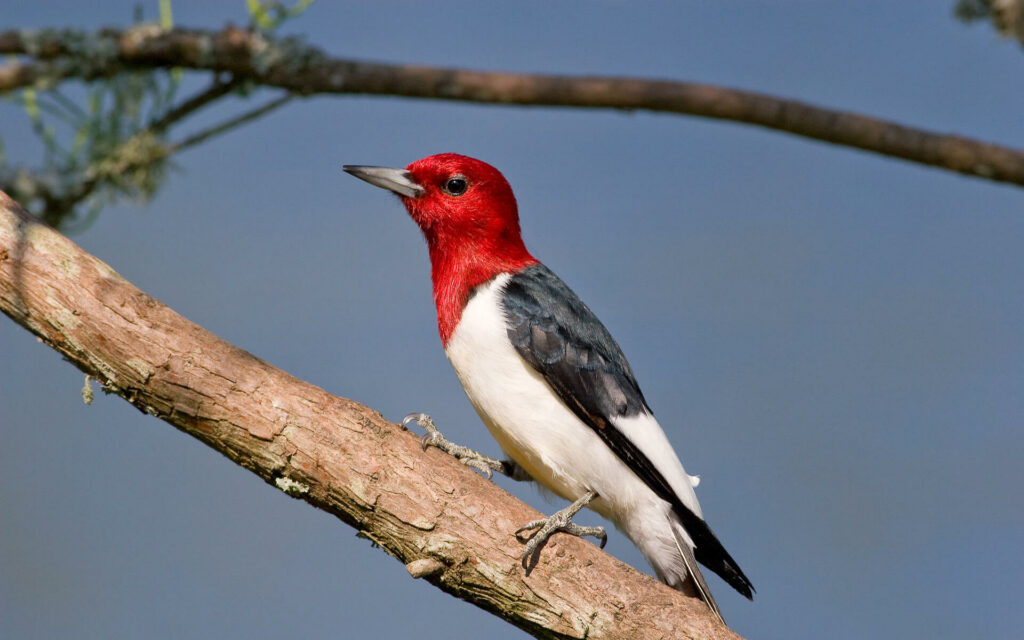
A Red-headed Woodpecker is a small bird endemic to the North States.
These are migratory birds that migrate from north to south throughout the winter.
The words “woodpecker” come after the bird’s gleaming reddish-brown plumage.
This bird’s coloration is stunning and gleaming.
The Red-headed Woodpecker’s chest, underbelly, and breasts are completely white.
The head of the juvenile Red-headed Woodpeckers is grey.
Red-headed Woodpeckers possess a wingspan of approximately 42.5 cm and a body mass of 19 to 25 cm (7.5 to 9.8 in).
As a mature, a Red-headed Woodpecker might weigh anywhere from 56 to 97 g.
The Red-headed Woodpecker has been well for pecking holes in tree stumps and living within them.
This bird consumes insects that are captured in mid-flight by this breed.
They don’t feed on the ground too often.
They mostly look for food in the trees.
Their preferred foods are little seeds, almonds, and grains.
Below are the characteristics of the Red-headed Woodpecker,
| Scientific Name | Melanerpes erythrocephalus |
| Family Name | Picidae |
| Length | 7-9 inches (18-23 cm) |
| Weight | 2.5-3.4 ounces (70-96 grams) |
| Wingspan | 16-17 inches (40-43 cm) |
| Habitat | Open woodlands, forest edges, groves, and clearings with mature trees |
| Food | Mainly insects, nuts, fruits, berries, and occasionally small vertebrates such as frogs and lizards |
12. White-throated Sparrow

The Zonotrichia albicollis, often known as the White-throated Sparrow, is a tiny passerine songbird belonging to the Passerellidae family of new world sparrows.
As the name says, their necks are whitish. In their pupils, yellow specks emerge.
The White-throated Sparrow’s forehead is adorned with white, black, or light-skinned stripes.
The White-throated Sparrow has black, brown, and white stripes on its wings, head, and feathers.
They also have brownish tails. Males and females have various differences.
The body length of a White-throated Sparrow is 15 to 19 cm (5.9 to 7.5 in), with a wingspan of around 23 cm.
As an adult, a White-throated Sparrow might measure anywhere from 22 to 32 grams.
The White-throated Sparrow builds its nest in dense vegetation.
The White-throated Sparrow feeds on tiny grains and wheat.
They also visit the bird feeders to nourish the birdies.
Below are the characteristics of the White-throated Sparrow,
| Scientific Name | Zonotrichia albicollis |
| Family Name | Passerellidae |
| Length | 6.25-7 inches (16-18 cm) |
| Weight | 0.8-1.1 ounces (22-32 grams) |
| Wingspan | 7.5-9 inches (19-23 cm) |
| Habitat | Various habitats including forests, woodland edges, shrubby areas, and gardens, often near the ground |
| Food | Primarily seeds, berries, and insects, including grass seeds, weed seeds, and caterpillars |
13. Ruby-throated Hummingbird

The Ruby-throated Hummingbird is a small bird recently discovered in North America.
They receive their name from the ruby-red complexion of their neck.
They go south in the winter as seasonal hummingbird subspecies.
The Ruby-throated Hummingbird has metallic green upperparts and white-grey underparts.
Their wings are blackish-brown and their beak is large.
Even though its throats are not as red as male Ruby-throated Hummingbirds’, female Ruby-throated Hummingbirds appear to be similar to males.
Ruby-throated hummingbirds have a body length of 7 to 9 cm and a wingspan of 8 to 11 cm.
A Ruby-throated hummingbird can weigh anything from 2 to 6 grams as an adult.
They drink nectar from the flower’s ovary using their lengthy beaks.
During their migration and flight, they devour small insects and worms.
Below are the characteristics of the Ruby-throated Hummingbird,
| Scientific Name | Archilochus colubris |
| Family Name | Trochilidae |
| Length | 3.5 inches (9 cm) |
| Weight | 0.1-0.2 ounces (2.5-6 grams) |
| Wingspan | 4.5 inches (11 cm) |
| Habitat | Various habitats including forests, woodlands, gardens, and meadows, often near flowers and nectar sources |
| Food | Primarily nectar from flowers, as well as insects and spiders for protein |
14. Downy Woodpecker

The Downy Woodpecker belongs to the woodpecker family and is a tiny bird.
The plumage of the bird is predominantly black with white patches above the wings and black and white stripes across the head.
This species’ male and female have similar plumage colors, but the female lacks the little red dot on the male’s head.
The Downy Woodpecker has white spots on its wings and a white belly.
A male Downy Woodpecker weighs more and has a wider wingspan than a female.
Female Downy Woodpeckers are similarly somewhat smaller than their male counterparts in terms of body size.
The feeders that give them suet entice them.
In comparison to the summer, they are more commonly found in the feeding areas throughout the winter.
Below are the characteristics of the Downy Woodpecker,
| Scientific Name | Picoides pubescens |
| Family Name | Picidae |
| Length | 5.5-6.75 inches (14-17 cm) |
| Weight | 0.7-1 ounce (20-28 grams) |
| Wingspan | 9.75-12 inches (25-30 cm) |
| Habitat | Various habitats including woodlands, forests, parks, and suburban areas with trees and shrubs |
| Food | Primarily insects, including beetles, ants, caterpillars, and spiders, as well as tree sap and seeds |
15. Tufted Titmouse

The Tufted Titmouse is a small species native to North America.
Its head is crowned with a black crest.
An adult Tufted Titmouse’s body length ranges from 5.6 to 6.2 inches (13-16 cm), with a wingspan of 7.9-10.2 inches (20-26 cm) and a body weight of 20 to 26 grams (0.6 to 1 oz.).
The physical form and size of men and females are identical.
They may appear to be identical, but their tufted crest allows you to tell them apart.
They have rust-colored flanks and an upper torso that is rust-colored.
They have great and exquisite music with about 20 different rhythm variations.
They use these different rhymes in different contexts, resulting in a different sort of song relying on the scenario.
Unlike many other species they do not create open nests rather; they use the cracks in tree trunks to build their nests inside.
They eat grains and seeds from a wide range of small plants and herbs.
Their preferred meals are little berries and fruits.
Insects and hornets are other favorites of the Tufted Titmouse.
Below are the characteristics of the Tufted Titmouse,
| Scientific Name | Baeolophus bicolor |
| Family Name | Paridae |
| Length | 5.5-6 inches (14-15 cm) |
| Weight | 0.6-0.7 ounces (18-20 grams) |
| Wingspan | 8.5-9.5 inches (22-24 cm) |
| Habitat | Woodlands, forests, parks, and suburban areas with trees and shrubs |
| Food | Primarily insects, including caterpillars, beetles, and spiders, as well as seeds, nuts, and berries |
16. Barn Swallow
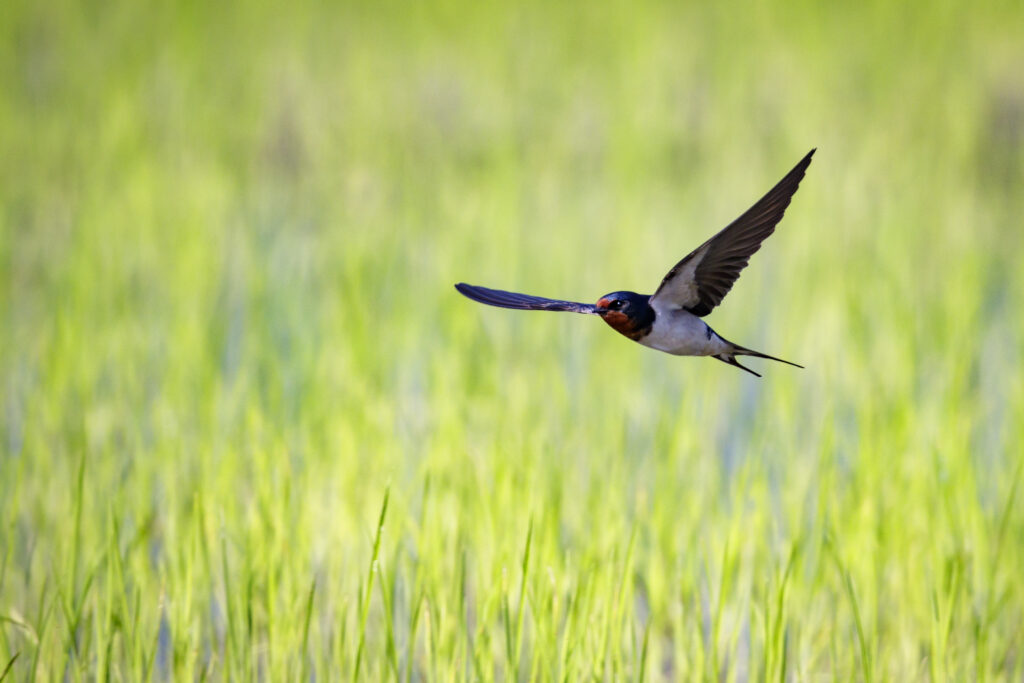
The Hirundinidae family includes the Barn Swallow, which is a medium-sized bird.
They’re also one of the most common swallow species on the planet.
Their long tail and brilliant blue and white plumage distinguish them.
The Barn Swallow’s upper parts and tails are almost entirely brightly colored.
Meanwhile, the underbelly and breasts are completely white.
Their necks are similarly adorned with blackish-brown rings.
Because of their long tail, they have longer body than other birds; their body is typical, but their forked tail is lengthy.
The juvenile Barn Swallows have distinct body coloration, with black upper parts and wings and pale white underparts and breasts.
The typical body length of a Barn Swallow is 7.2 inches, with a total wingspan of 33 cm.
An adult male’s typical weight is around 20g.
Females are smaller, lighter, and have a smaller wingspan than males.
Tiny insects, such as big flies, sand martins, and other small arthropods and worms, are eaten by them.
Below are the characteristics of the Barn Swallow,
| Scientific Name | Hirundo rustica |
| Family Name | Hirundinidae |
| Length | 6.7-7.5 inches (17-19 cm) |
| Weight | 0.6-0.7 ounces (17-20 grams) |
| Wingspan | 11.4-12.6 inches (29-32 cm) |
| Habitat | Open areas including fields, meadows, grasslands, and near bodies of water |
| Food | Mainly flying insects, including flies, beetles, bees, and wasps |
Conclusion
In conclusion, Louisiana is a haven for birdwatchers and nature enthusiasts alike.
The state’s diverse habitats, from swamps and marshes to forests and coastlines, provide a rich tapestry for a wide variety of bird species to thrive.
We’ve explored 16 common birds in Louisiana, each with its own unique charm and significance.
From the majestic Pileated Woodpecker soaring high above to the charming Brown Thrasher serenading us with its melodious tunes, these birds captivate our hearts and remind us of the beauty of nature.
Whether you’re an avid birder or a casual observer, Louisiana offers a wealth of opportunities to witness these avian wonders in their natural habitats.
Remember, it’s important to appreciate and respect these birds by practicing responsible birdwatching.
Preserve their habitats, observe from a distance, and avoid disturbing their nests or breeding areas.
By doing so, we can ensure that future generations will also have the privilege of marveling at the incredible diversity of birdlife in Louisiana.
So, grab your binoculars, explore the unique landscapes of Louisiana, and embark on a fascinating journey of birdwatching.
You never know what breathtaking encounters may await you in the vibrant and enchanting world of Louisiana’s birds.
Happy birding!
FAQ
What is the state bird of Louisiana?
The state bird of Louisiana is the Brown Pelican (Pelecanus occidentalis). Known for its distinctive appearance and diving prowess, the Brown Pelican is a beloved symbol of Louisiana’s coastal regions.
Are there any endangered bird species in Louisiana?
Yes, Louisiana is home to several endangered bird species. One such example is the Red-cockaded Woodpecker (Picoides borealis), which inhabits mature pine forests and is known for its cavity-nesting habits.
How can I attract songbirds to my backyard in Louisiana?
To attract songbirds, provide a variety of food sources such as seeds, berries, and nectar. Plant native trees and shrubs, offer fresh water, and create sheltered areas for nesting. Additionally, avoid the use of pesticides and provide bird feeders with appropriate food.
Are there any specific precautions to take while observing nesting birds?
Yes, it is crucial to respect nesting birds and their habitats. Maintain a safe distance to avoid disturbing them or causing stress. Do not attempt to touch or handle nests, eggs, or chicks, as this can result in abandonment or harm to the birds.
What is the migratory pattern of the Ruby-throated Hummingbird?
The Ruby-throated Hummingbird (Archilochus colubris) is a migratory bird that visits Louisiana during the spring and summer months. These tiny, iridescent birds undertake an impressive journey across the Gulf of Mexico to reach their breeding grounds.
Last Updated on June 5, 2023 by Lily Aldrin
